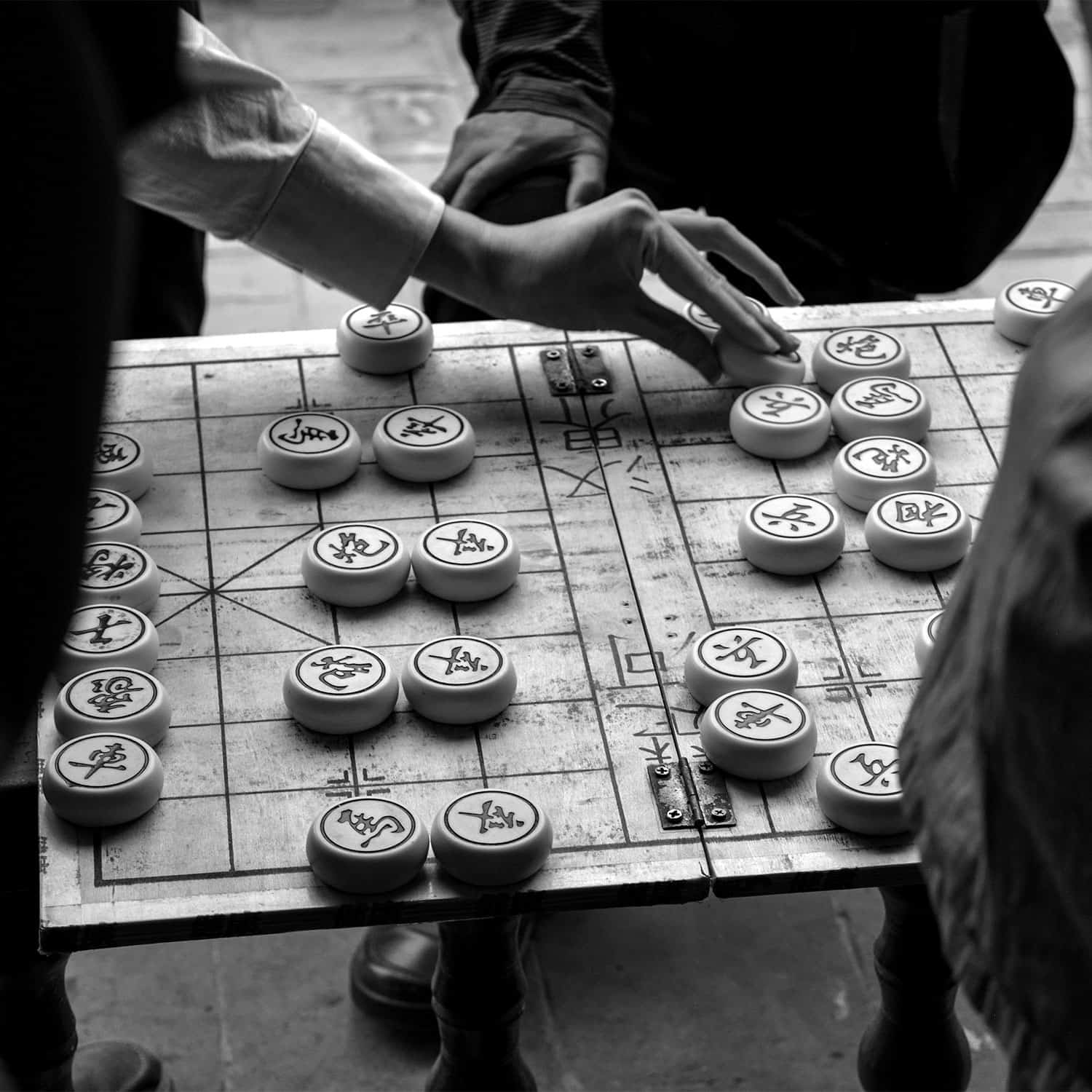The Chinese language is a complex language and we often get asked why so many “versions” of it exist. After all, isn’t Chinese just… Chinese? This guide will give you a summary of the 5 main types of Chinese without going into too much storytelling. As a general rule for the written form, countries like China, Singapore and Malaysia use Simplified Chinese while countries Taiwan, Hong Kong and Macau use Traditional Chinese. In the spoken form, all the aforementioned countries use Mandarin except for Hong Kong and Macau, whose people use Cantonese. With this knowledge, we know that translation isn’t as easy as converting Simplified Chinese characters into Traditional Chinese or vice versa. Just as the English language in United States, Australia and Britain differ in terminology, spelling and expression, the Chinese language used in the different countries are even more significant and amplified in its difference. Hence, for clients who wish to translate for multiple markets, we always recommend having separate linguistic teams for that target country. This is where localisation comes in. These nuances can be easily missed by individuals who have no familiarity with the other languages, which is why translators with localisation expertise are needed to capture these ever-evolving nuances.



